What is it?
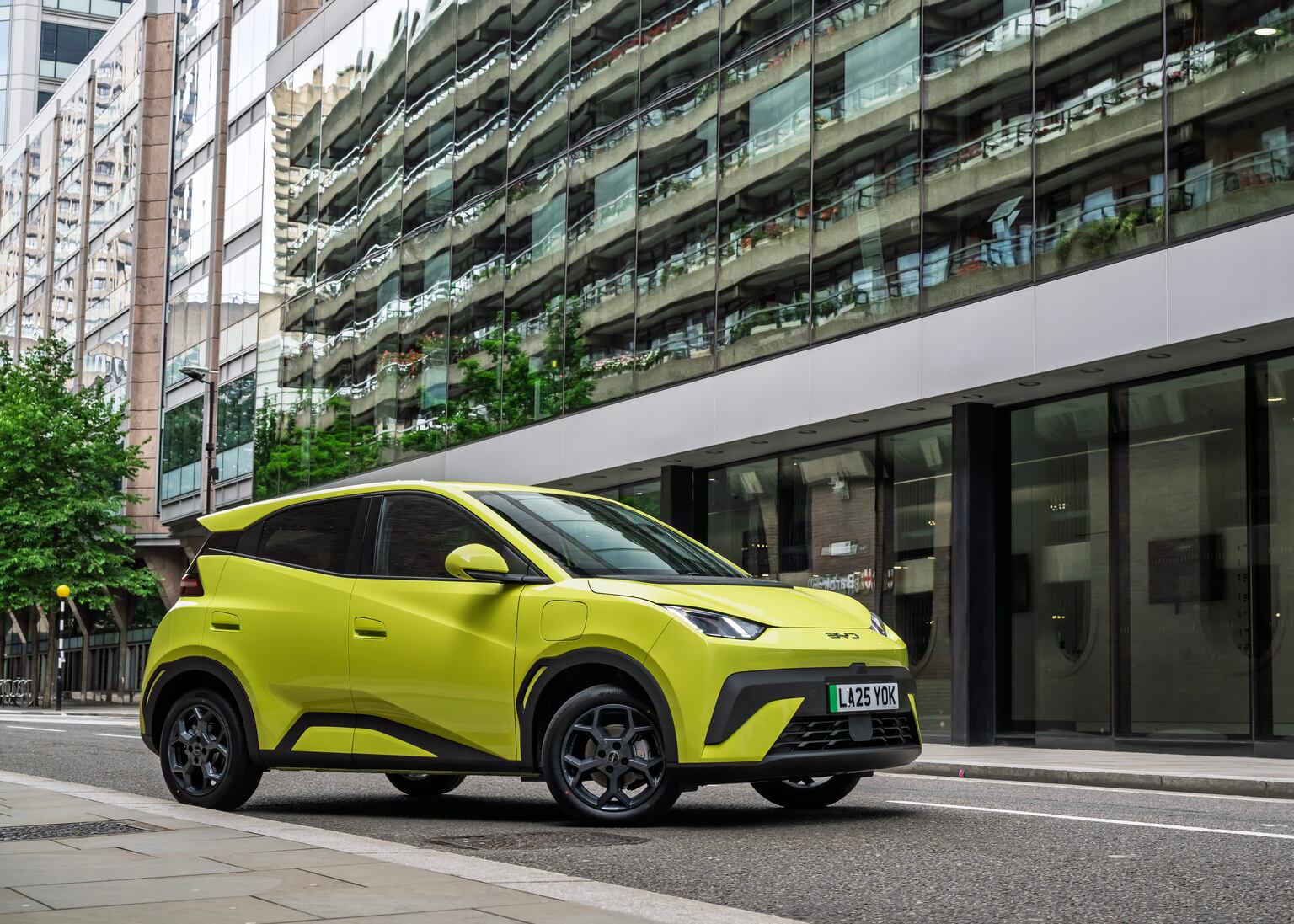
All of a sudden, the new car market is flooded with affordable EVs and that’s exactly what we’ve been waiting for.
The Chinese firm, BYD, only arrived in the UK in 2023, but it has grown into a fairly well-known brand already.
Up until now, the company has focused on selling big saloons and SUVs, so to add to its model line-up, the firm has completed the final piece of the jigsaw by chasing after the Dacia Spring and Leapmotor T03 at the budget end of the EV market – introducing the Dolphin Surf.
What’s new?
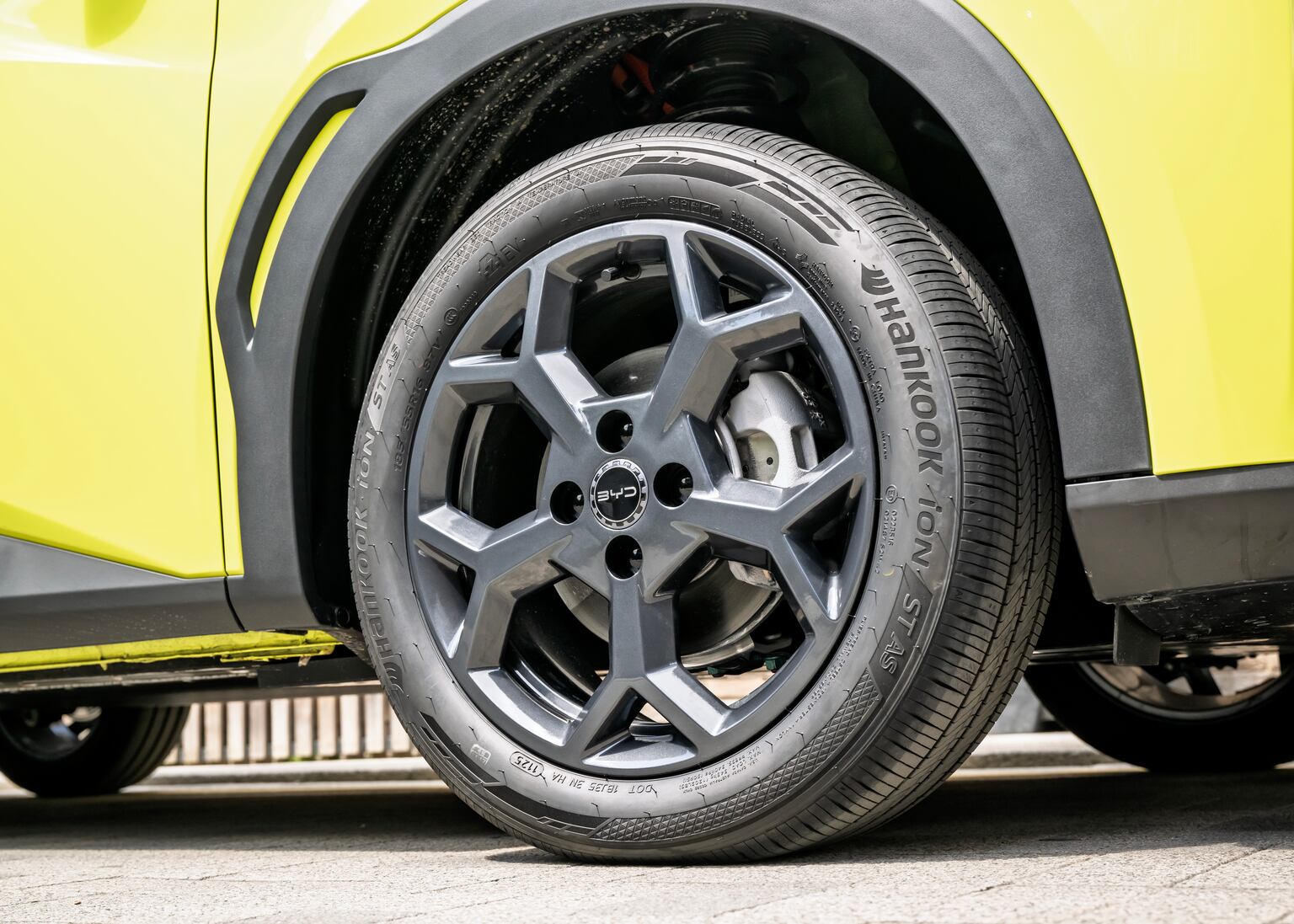
The Dolphin Surf is the smallest car in the firm’s model lineup and sits in a rapidly growing market of urban EVs.
Everything about the car is new with a new body, interior and it sits on BYD’s e-Platform 3.0 architecture, to enable the vehicle to have a selection of different battery packs.
It comes with a choice of three trim levels, promises to be one of the best-in-class for its electric driving range and features the firm’s Blade Battery technology – which uses fewer precious metals and is claimed to be stronger and tougher than standard lithium-ion units.
What’s under the bonnet?
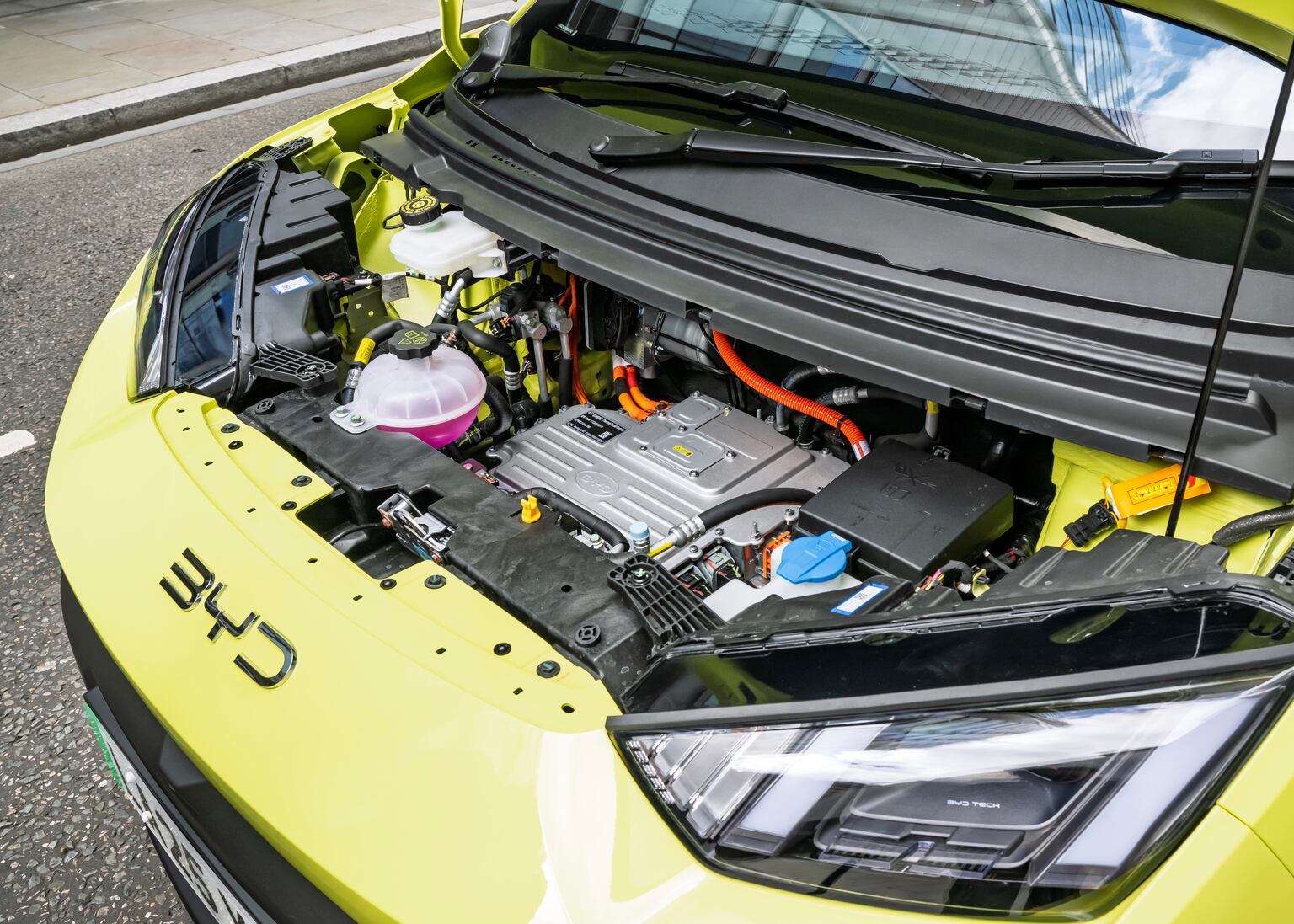
This compact city car comes with a choice of two battery packs, either a 30kWh or larger 43.2kWh.
Our test car comes fitted with the larger 43.2kWh battery pack and electric motor that pumps out a total of 154bhp and 220Nm of torque. The car manages 0-60mph in 11.9 seconds and tops out at 93mph.
The larger battery is also compatible with speeds of up to 85kW DC rapid charging, enabling the car to be topped up from 30 to 80 per cent in 22 minutes.
What’s it like to drive?
It comes as no surprise that the Dolphin Surf’s natural environment is around town.
The compact dimensions mean it just slips through gaps in traffic, while the tight turning circle makes manoeuvring a doddle.
The steering is nicely weighted, with it not feeling too artificially light or heavy at slow speeds, while the power from the electric motor is peppy enough. It’s also very efficient, with our test car averaging 4.9 miles per kWh, which should make it much cheaper to live with.
It’s only let down by a rather fidgety ride, with the car constantly finding ways of making a meal out of the smallest imperfections in the road, and the regenerative braking doesn’t seem to be that effective with slowing the car down – even in its highest setting.
How does it look?
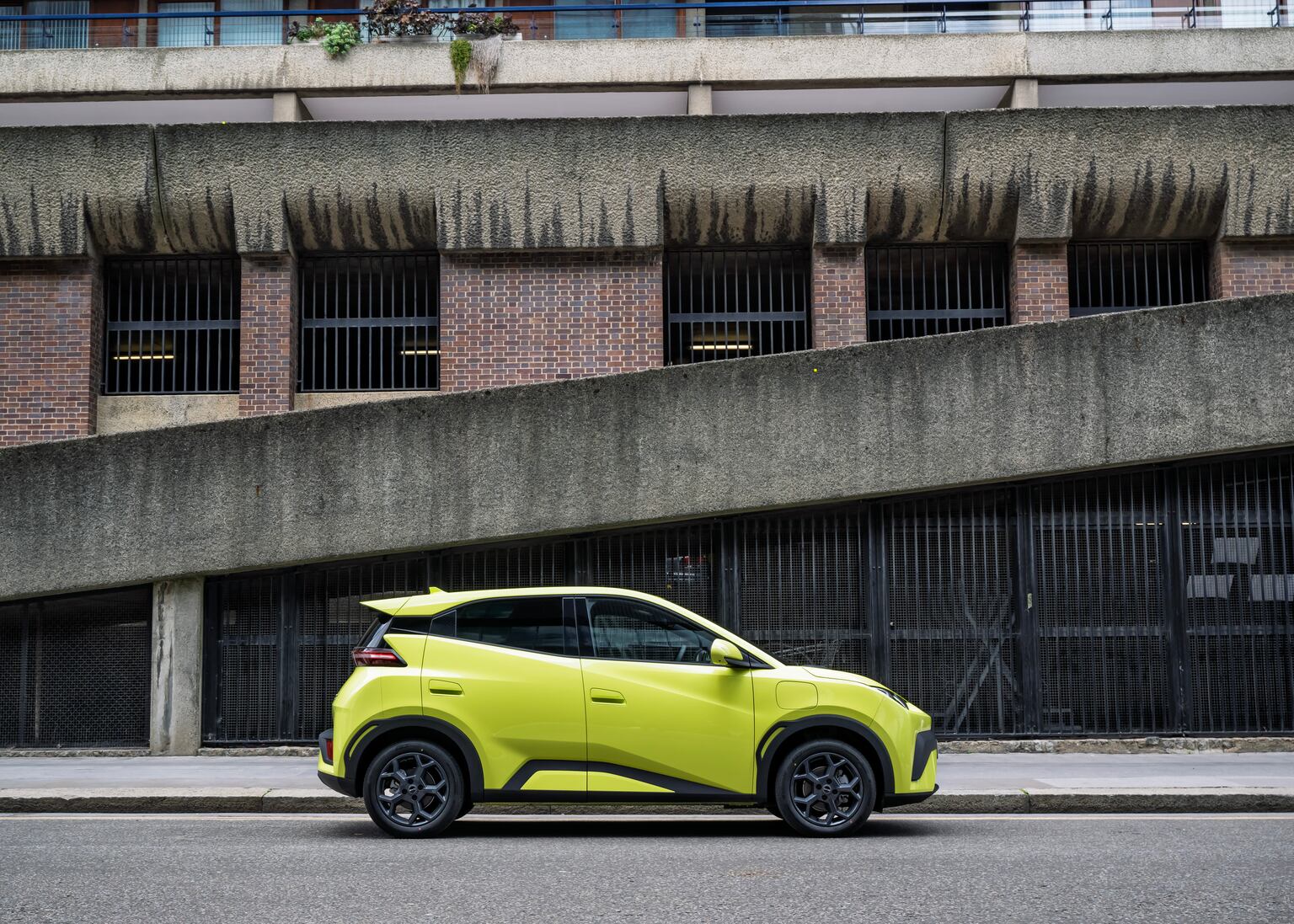
At first glance, the Dolphin Surf has its own unique personality.
The rather tall and boxy design is accompanied by sharp lines and edges that run down the side profile, while the black plastic wheel arch mouldings help protect the bodywork from bumps and scrapes.
At the front, there is more black plastic that runs across the front bumper, while there is also a honeycomb-effect design on the lower half.
Meanwhile, at the back, there is a large rear spoiler, a curved tailgate, a single light bar and the C-pillars feature black trim that runs seamlessly into the back window, creating a floating roof effect.
There’s also several bold colour choices available with a standard option being the Lime Green paint scheme, which gives the car even more individuality.
What’s it like inside?
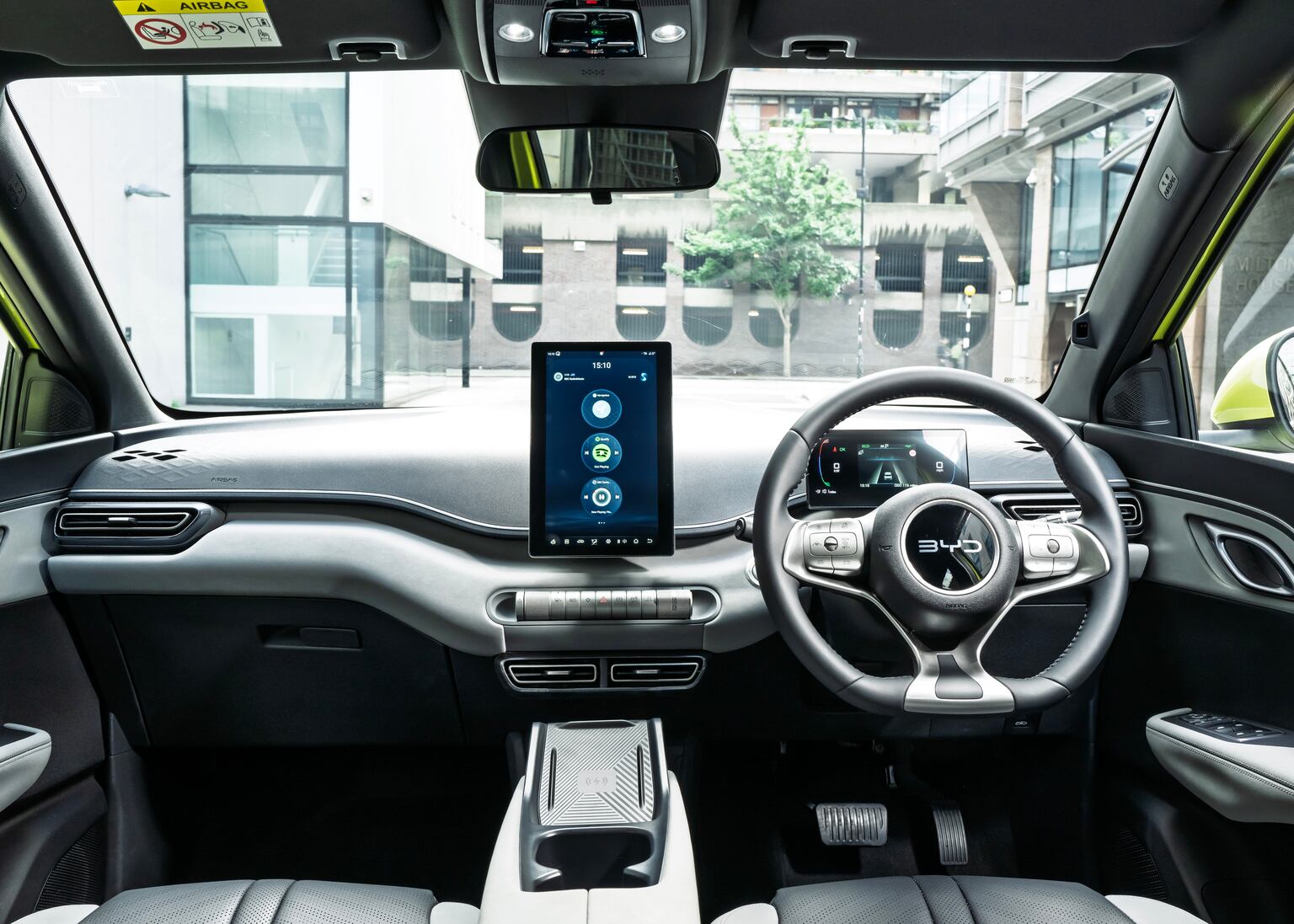
For a car in this class, the interior is more than acceptable.
The dashboard design has the typical BYD curved effect, while there are a few physical buttons for the driving modes and radio volume.
All cars come with a rotable touchscreen which is simple and easy to use on the move, but it’s a pity that the climate control settings are still buried within the screen.
The quality itself does feel cheap in places, with hard plastics located throughout, but it still feels more upmarket than a Dacia Spring.
In terms of storage, BYD claims the car has up to 20 litres in the cabin, including a glove box, deep front door bins, two cup holders and a cut out below the centre console.
Space in the back is where this little car starts to excel, with lots of head and legroom, while the flat floor means that it’s easier for you to slide your feet under the front seats. However, there are only two seat belts in the back, making the car a strict four-seater.
Boot space stands at 308 litres or 1,037 litres with the rear seats folded down, which makes it much roomier than a Leapmotor T03 and is on par with its biggest rival, the Dacia Spring.
Also, there is a handy storage area beneath the boot floor which is ideal for stowing away the charging cables when they’re not in use.
What’s the spec like?
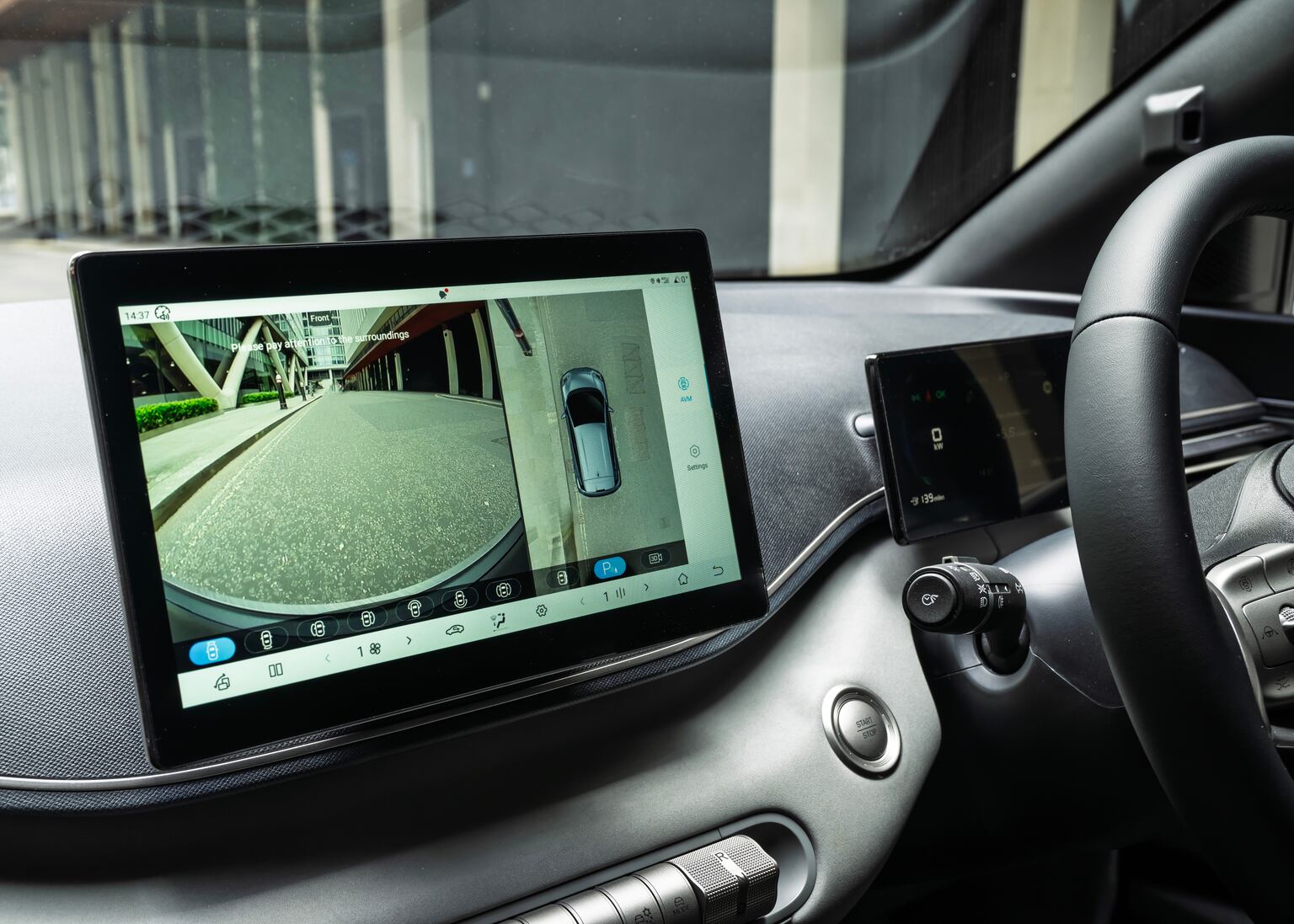
The Dolphin Surf is available in three different trim levels.
All models come with a decent amount of standard equipment and are priced from £18,650 for the entry-level Active model. It comes with a 10.1-inch rotatable touchscreen infotainment system, rear parking sensors, a rearview camera, and adaptive cruise control.
The mid-level Boost is priced from £21,950 and boasts extras such as larger 16-inch alloy wheels, electric folding door mirrors, electrically adjustable front seats and rain-sensing windscreen wipers.
Flagship Comfort models come in at £23,950 and include more toys such as a 360-degree camera, LED headlights, a wireless smartphone charger, heated front seats and rear privacy glass.
Plus, all Dolphin Surfs come with a vehicle-to-load (V2L) function, which enables electrical appliances to be plugged in using the car’s battery.
Verdict
The BYD Dolphin Surf has a lot going for itself. It’s good to drive around town, has a funky exterior design, is efficient and comes with bucket loads of interior space.
The cabin does feel cheap in places and it’s pricier than a Dacia Spring and Leapmotor T03, however, the BYD feels like a better quality car that offers a greater electric range, more standard equipment and is very efficient.
So, has BYD cracked the budget EV market? Judging by all of the Dolphin Surf’s upsides, the answer is yes.
- Model as tested: BYD Dolphin Surf Comfort
- Price as tested: £23,950
- Engine: 43.2kWh battery pack with single electric motor
- Power: 154bhp
- Torque: 220Nm
- Top speed: 93mph
- 0-60mph: 8.9 seconds
- MPG: N/A
- CO2 emissions: 0g/km
- Electric range: 193 miles
- Maximum charging speed: 85kW